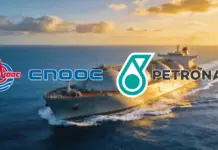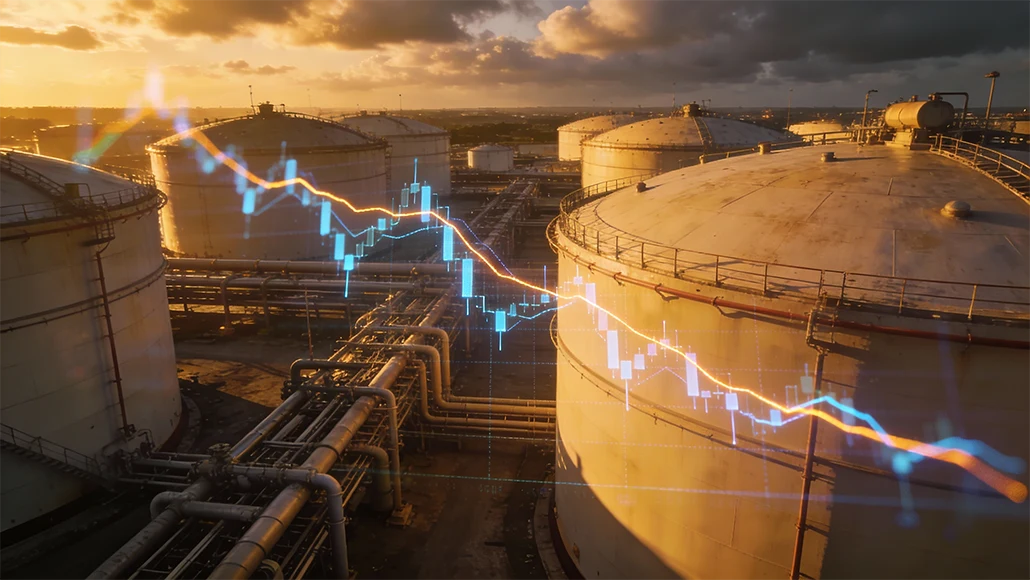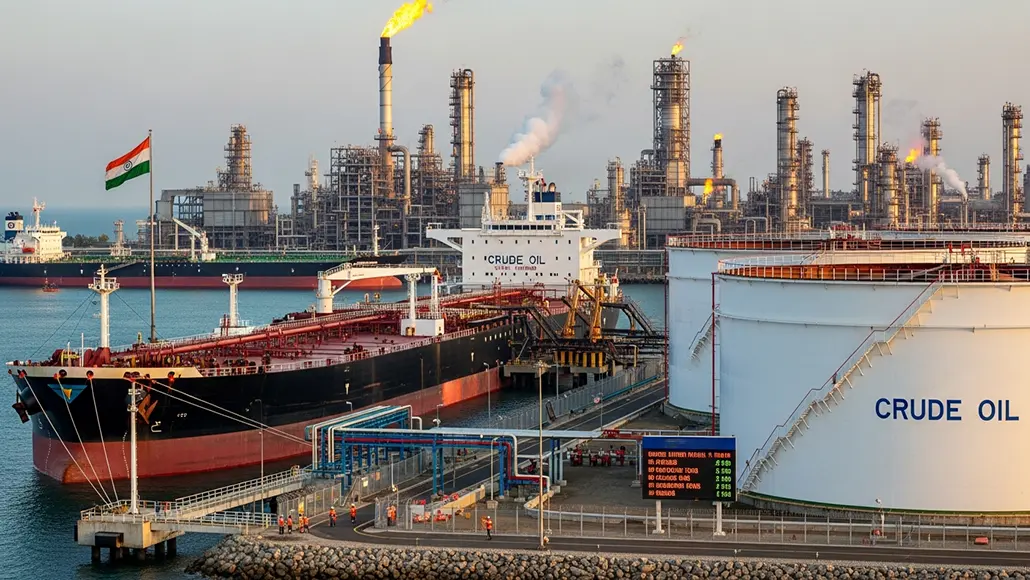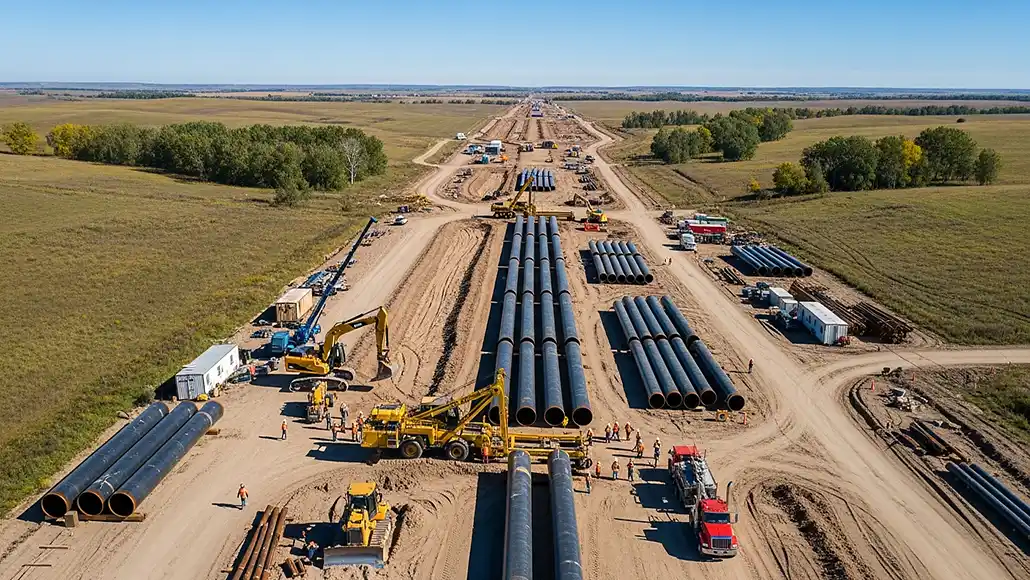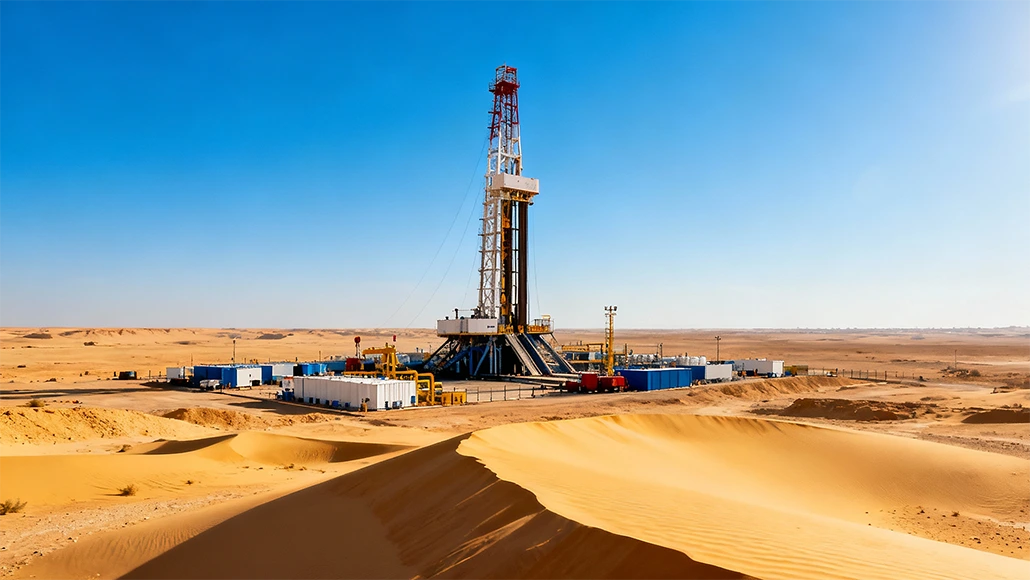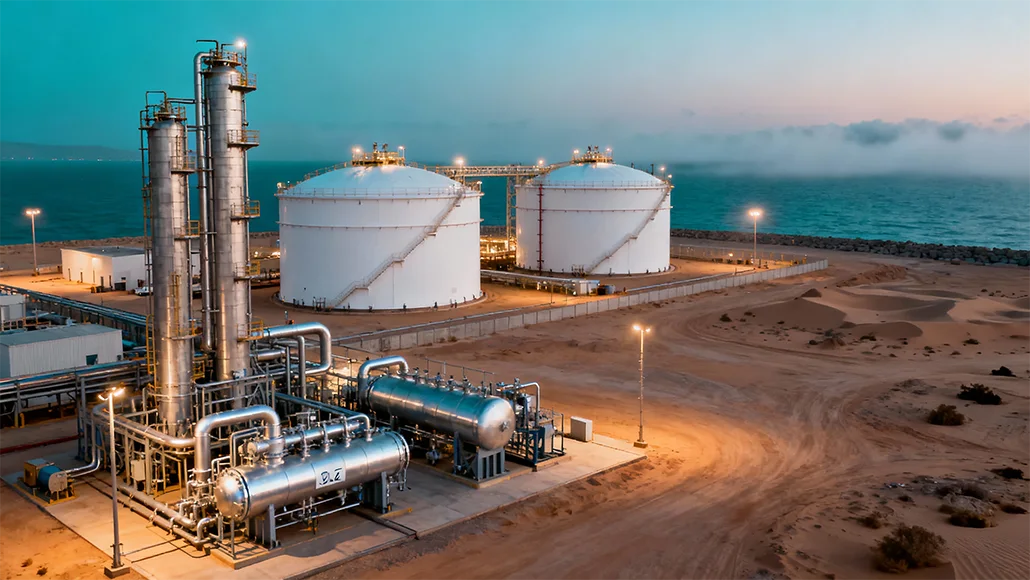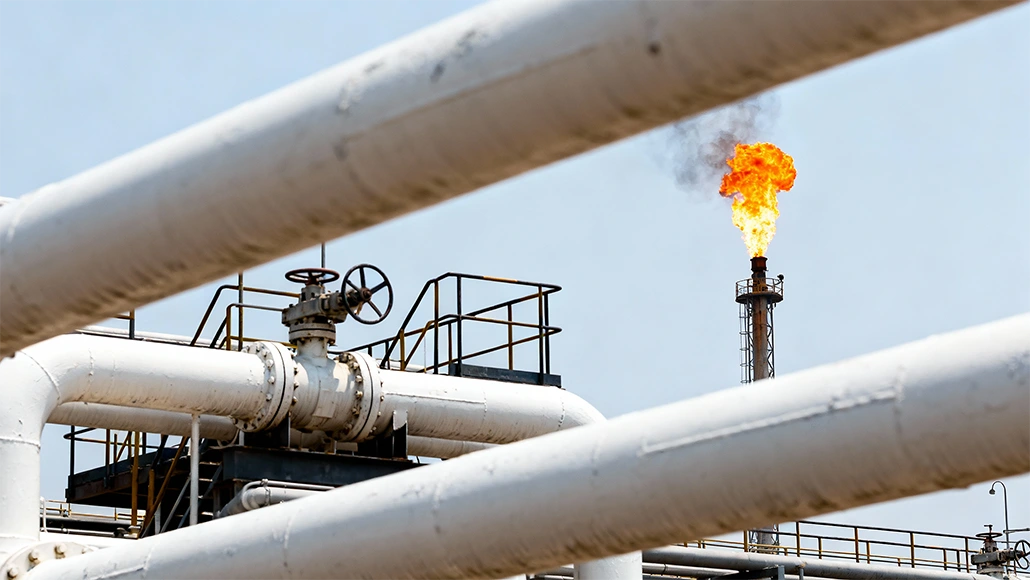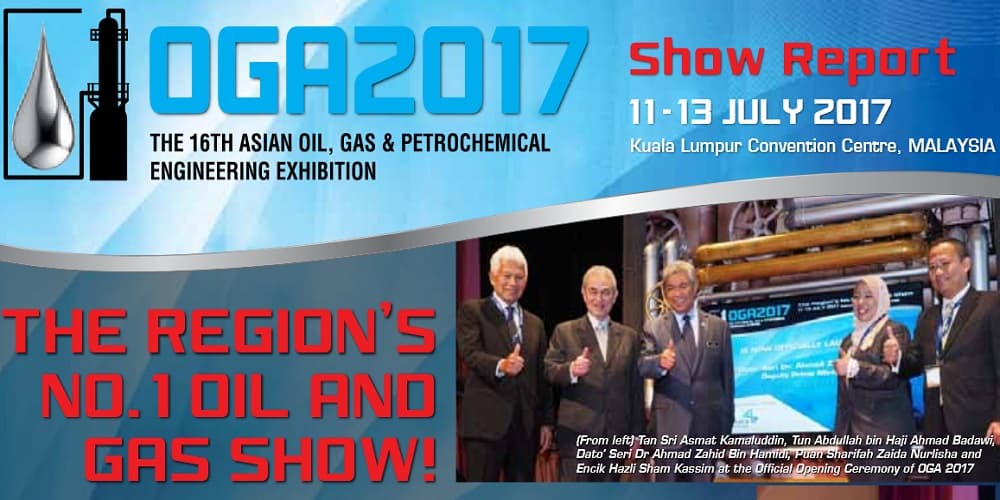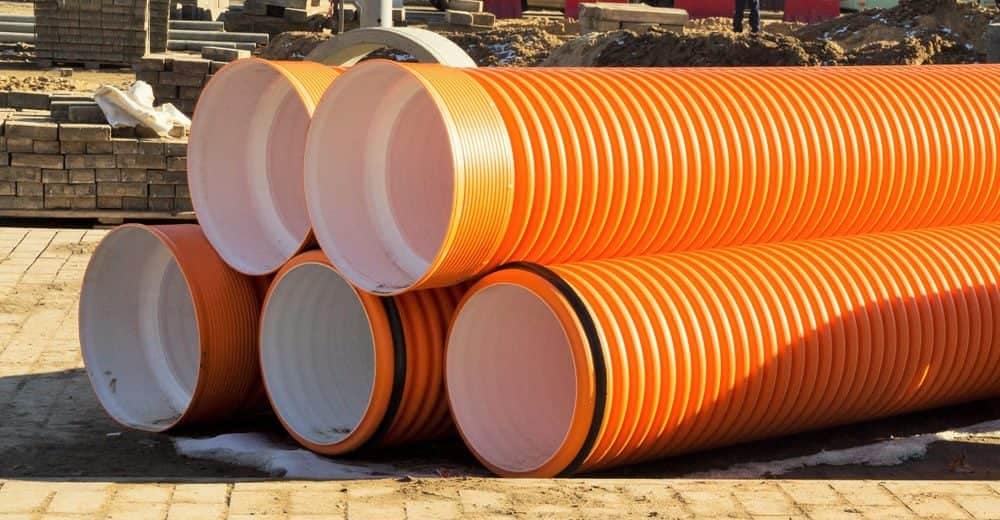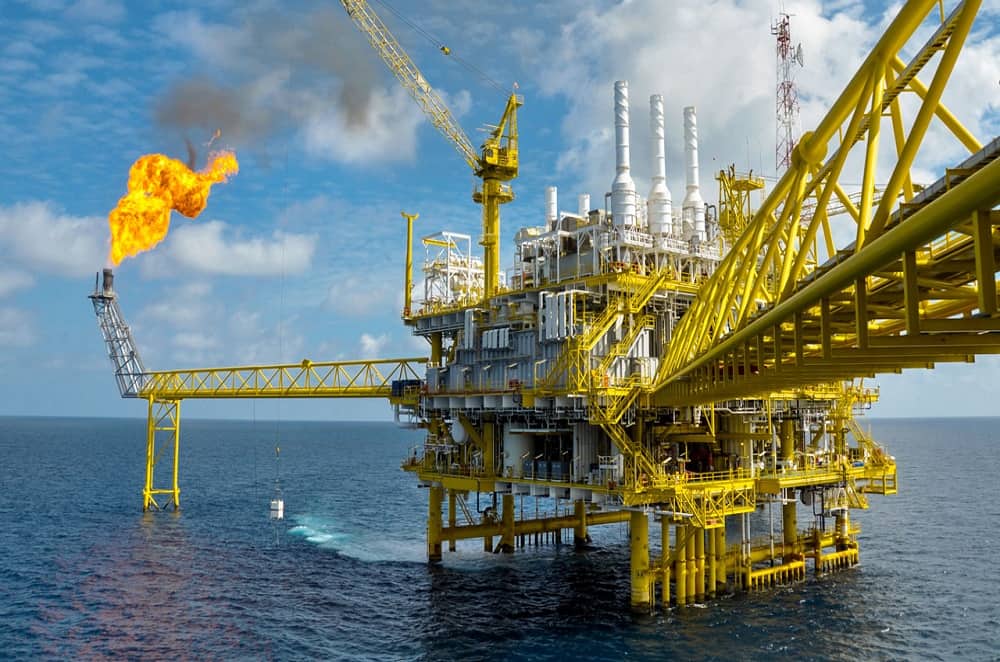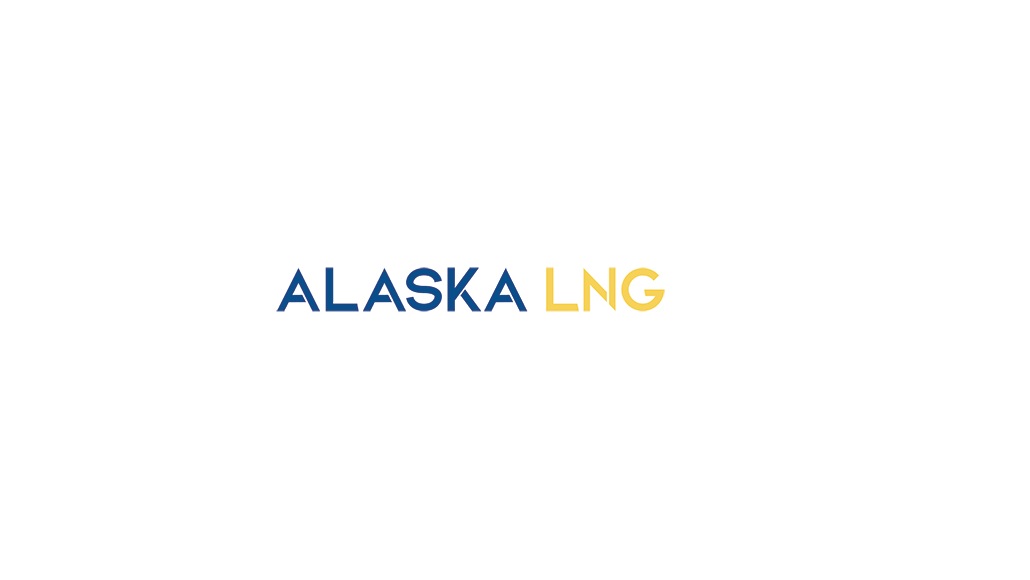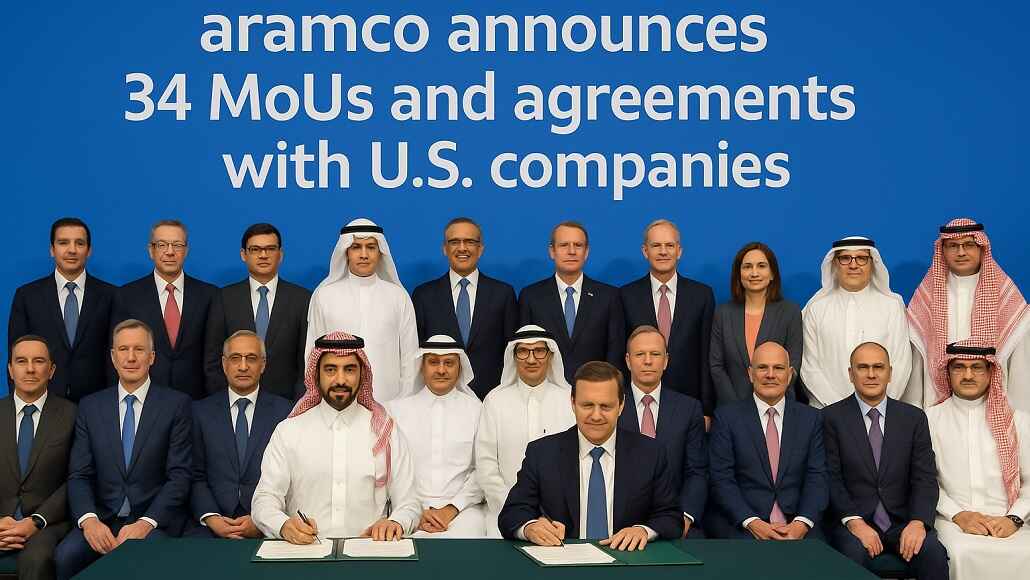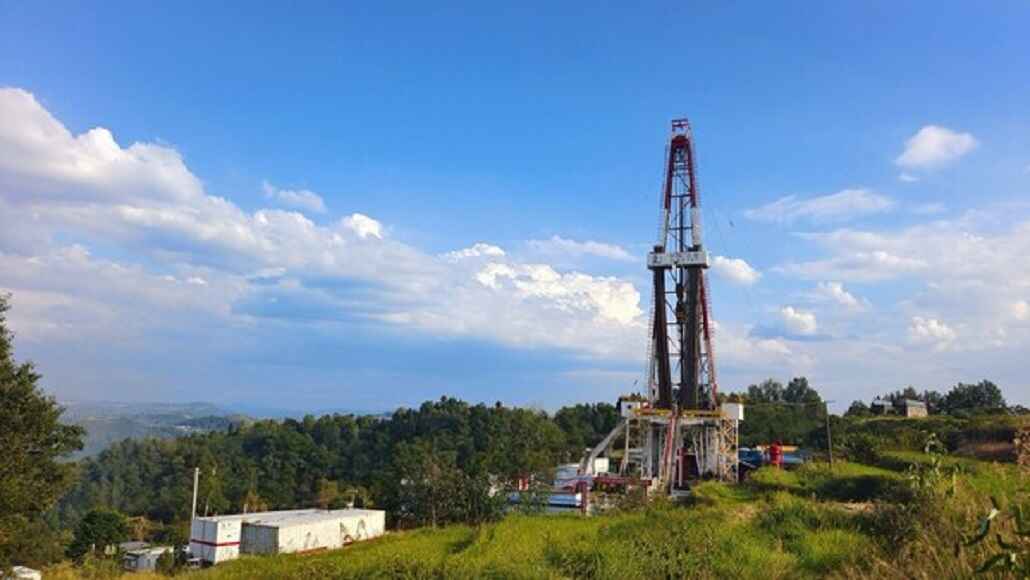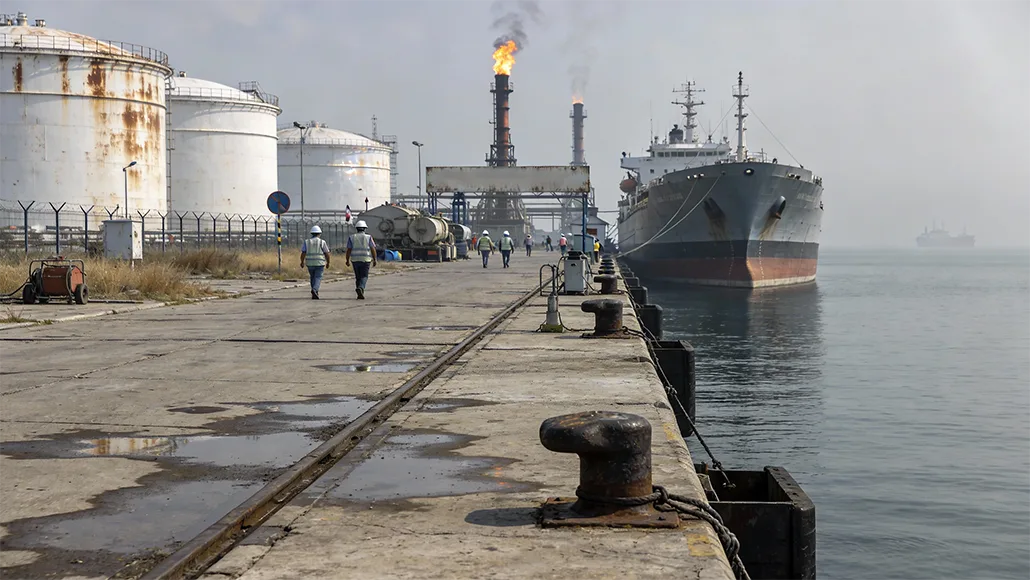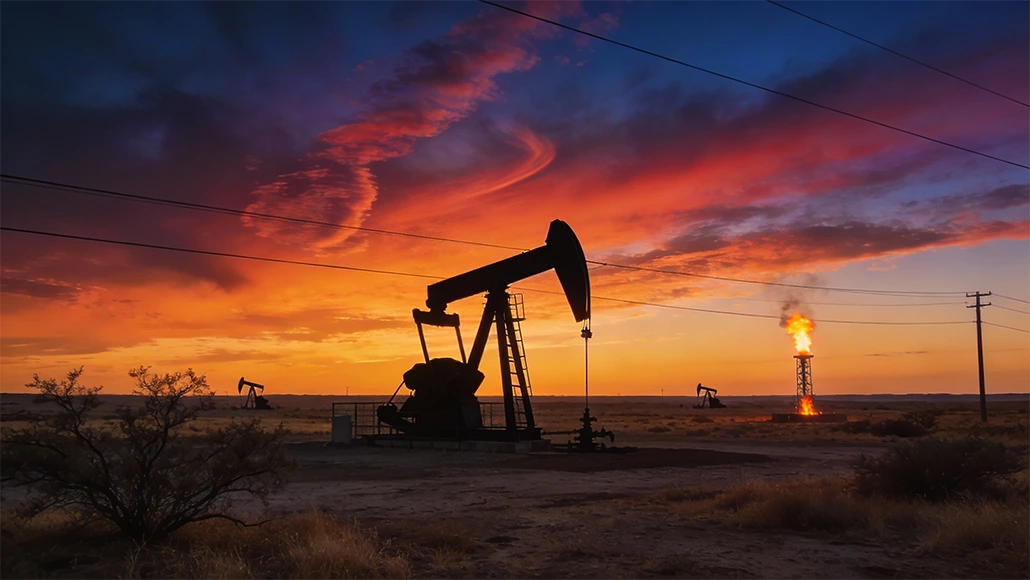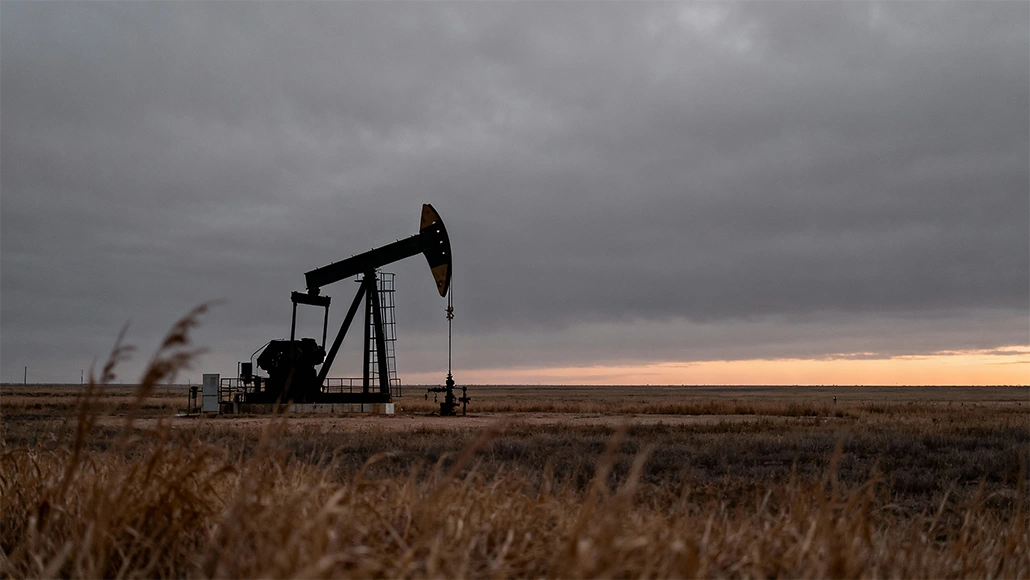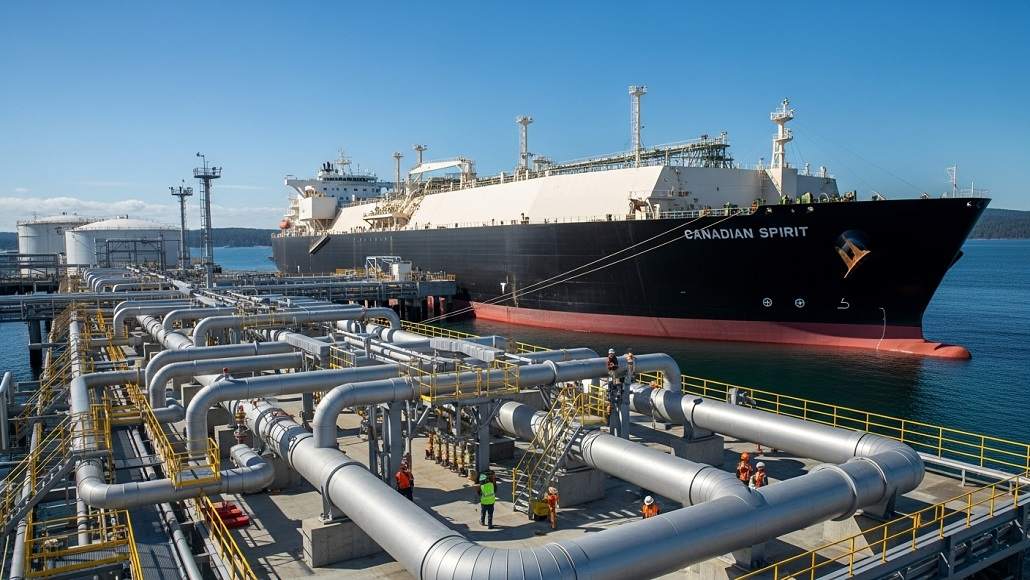A Shell-led LNG Canada spokesperson announced on Monday that Canada’s first-ever LNG export shipment has left the country’s Pacific Coast and is on its way to Asia. It took little over a week for LNG Canada to confirm initial production at its Kitimat, British Columbia, location and load the cargo aboard the ship Gaslog Glasgow. This made it the first large-scale commercial LNG operation in the nation.
LNG Canada is the first big LNG plant in North America that is directly connected to the Pacific Coast. It begins at a time when Canada wants to expand its export markets since trade relations with the US have become worse. “This is something Canada really needs right now,” LNG Canada CEO Chris Cooper said in an interview, pointing to those trade tensions.
The LNG Canada project, which was built by Shell Plc, Petronas, PetroChina, Mitsubishi Corp, and Kogas, cost around CDN$40 billion (US$29.4 billion) and is said to be the biggest private-sector investment in Canadian history.
It will be able to export 14 million metric tonnes of LNG a year when it is fully operational.
According to Cedric Cremers, the head of Shell’s gas division, the company and its partners are working towards making a final investment decision next year to double the project’s capacity.
Canada is the world’s fifth-largest producer and fourth-largest exporter of natural gas. Until recently, almost all of those exports have gone to the United States.
LNG Canada gives Canada’s natural gas producers access to Asian markets that need a lot of energy for the first time. The project’s investors expect that the fact that it is on the Pacific coast would give Canadian LNG an edge over US rivals whose facilities are on the Gulf coast on the other side of the continent. This is because it is easier to export to Asia from there than via the Panama Canal.
LNG Canada also has an edge when it comes to the cost of supplies. The price of Canadian natural gas, which will be sent to LNG Canada from the shale formations in northeast British Columbia via the Coastal Gaslink pipeline, is now less than half the price of the US Henry Hub benchmark.
“West coast LNG in Canada competes exceptionally well against anything being developed in the United States,” Petronas Canada CEO Mark Fitzgerald said at a conference in Calgary in June.
LNG Canada, which was initially suggested in 2012, is now open for business. This is over ten years after the US first started shipping LNG from the lower 48 states. Since then, the US has become the world’s biggest LNG exporter. Many people in Canada’s energy business argue that their nation has been too sluggish to build its own industry.
Canada has other LNG projects in the works, however. Two smaller LNG plants on the Pacific coast, Cedar LNG and Woodfibre LNG, are being built right now. LNG Canada is also thinking about expanding the project in a second phase, which would quadruple the facility’s capacity.
RJ Johnston, the new head of energy and natural resource policy at the University of Calgary’s School of Public Policy, remarked that Canadian LNG has both good and bad cost factors.
He stated that building new Canadian LNG facilities and pipelines along British Columbia’s isolated northern coast is harder and more costly than along the US Gulf, where the infrastructure for the LNG industry is already in place.
Ed Kallio, executive advisor for the data analytics and forecasting company Incorrys, said that greenhouse gas rules that US producers don’t have to follow make the argument for growing Canada’s LNG output less strong.
He remarked, “The biggest risk for future LNG development in Canada is the price risk for (clean) electricity to power these processes.”
Petronas Canada CEO Mark Fitzgerald remarked at a conference in Calgary in June that “West coast LNG in Canada competes exceptionally well against anything being developed in the United States.”
LNG Canada, which was initially suggested in 2012, is now open for business. This is over ten years after the US first started shipping LNG from the lower 48 states. Since then, the US has become the world’s biggest LNG exporter. Many people in Canada’s energy business argue that their nation has been too sluggish to build its own industry.
Canada has other LNG projects in the works, however. Two smaller LNG plants on the Pacific coast, Cedar LNG and Woodfibre LNG, are being built right now. LNG Canada is also thinking about expanding the project in a second phase, which would quadruple the facility’s capacity.
RJ Johnston, the new head of energy and natural resource policy at the University of Calgary’s School of Public Policy, remarked that Canadian LNG has both good and bad cost factors. He stated that building new Canadian LNG facilities and pipelines along British Columbia’s isolated northern coast is harder and more costly than along the US Gulf, where the infrastructure for the LNG industry is already in place.
Ed Kallio, executive advisor for data analytics and forecasting firm Incorrys, said the business case for expanding Canada’s LNG production is weakened by greenhouse gas regulations that US producers don’t face.
“The major risk for future LNG development in Canada is the price risk for (clean) electricity to power these processes,” he said.



